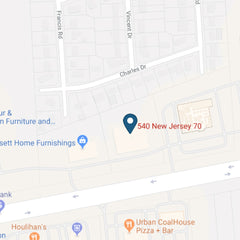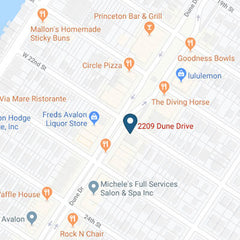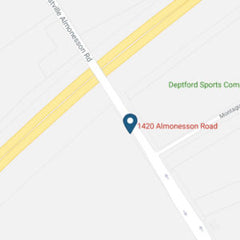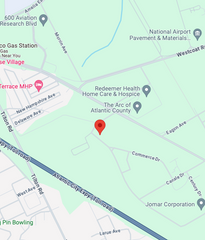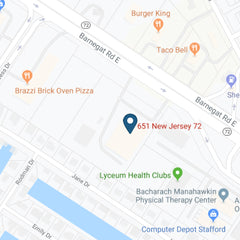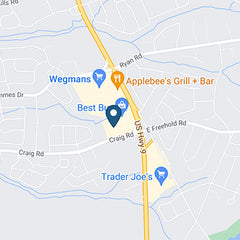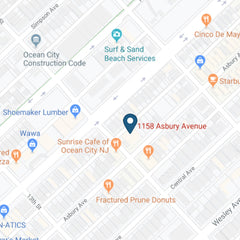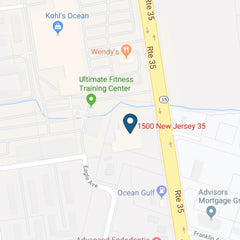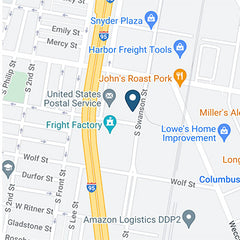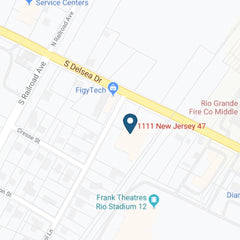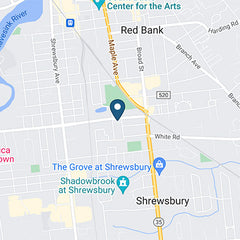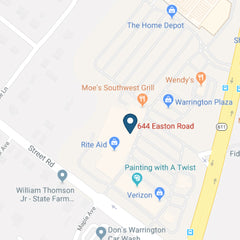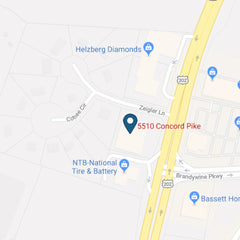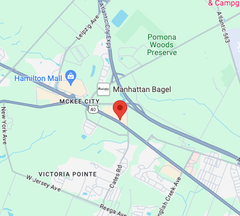When you're looking for budget-friendly, easy-care flooring options, vinyl and laminate are often the first two suggestions you'll get. While these two types of floors have much in common, they have a few key differences that are important to consider when deciding upon which one to install in your home. If you're not sure whether vinyl or laminate is right for you, use this guide to help you make the right decision for your needs.
What's the Difference Between Vinyl and Laminate Flooring?
What is Laminate?
Laminate flooring is a man-made floor that made a splash on the flooring market in the 1970's. The first man-made alternative to natural wood, laminate quickly gained popularity as manufacturers created increasingly realistic looks that could easily pass for real hardwood.
Laminate was the kind of pioneer for realistic wood-look flooring, and other types of flooring have caught on and released their own realistic wood looks, but more on that later.
Laminate flooring is typically comprised of 4 layers:

- Backing Layer: This is the backbone of your laminate plank
- Base Layer: HDF or MDF core—HDF stands for high-density fiberboard and, unsurprisingly, MDF stands for medium density fiberboard. Higher quality products come with an HDF core. The HDF core is moisture resistant, which gives you more options and less fuss than traditional hardwood. Fiberboards in water-resistant laminate floors may feature more resins, making it less susceptible to swelling in water.
- Print Layer: The print layer makes the laminate look like wood (or, now stone, metal and more!) and can include rougher, more natural looking scrapes and knots just like the real deal.
- Wear Layer: The wear layer is what protects your laminate floors. It's the reason that 10 years from now, after the wear and tear of everyday life, your laminate will still look great.
What is Vinyl?

Vinyl flooring has certainly come a long way from what it used to be, which is why it's quite popular and one of the best alternatives to hardwood flooring. It's also man-made with looks that resemble natural materials (like wood, stone, etc.), but comes in three forms (sheet, tile and plank) and has some different characteristics, too.
Vinyl is also made of 4 layers, similar to laminate:
- Backing Layer: Again, the backbone of your plank
- Solid Vinyl Core: The solid vinyl core accounts for most of the flooring. This high-density core layer is moisture resistant, durable and built to last.
- Print Vinyl Layer: Similar to laminate, this is where you get your gorgeous photo imagery that makes the vinyl look nearly identical to natural materials.
- Wear Layer: Just like with laminate, the wear layer is like the bodyguard; it helps protect your floor from dents, scratches, etc. Thicker wear layers offer more protection, so make sure when you're looking at vinyl flooring to look not just at plank thickness, but wear layer thickness as well.
History of Laminate and Vinyl
In the 1930's, sheet vinyl flooring emerged as an alternative to linoleum, which has been in use since the mid-1800's; vinyl tiles became popular in the 1940's. Vinyl is modeled after laminate flooring boards, which are themselves inexpensive copies of hardwood boards. Compared to vinyl sheets and tiles, laminate flooring boards are newcomers to the home improvement market. They were introduced in 1989 by Pergo, a Swedish company that got its start in the late 1800s by manufacturing vinegar.
Vinyl vs. Laminate Flooring Pros and Cons
Appearance
Not long ago, it was easy to distinguish vinyl from laminate flooring. Vinyl floors were usually sheets with patterns, often designed to look roughly like ceramic tile, though not very convincingly. And laminate plank floors were "wood look-alikes" that were also less than convincing since they looked and felt like the plastic materials they were.
But today, with modern 3D print technology, each can look exactly like the style of natural materials, but at a fraction of the cost. Limitlessly customizable and designable, both vinyl and laminate allow the versatility needed to complete any interior design project.
Durability
People often turn to vinyl plank or laminate flooring to get the look of hardwoods without the risk of scratches, dings and other flaws that can be time-consuming (and expensive) to repair.
Vinyl flooring does hold up well in high-traffic areas, unlike real hardwood. However, it is prone to damage that hardwood can withstand. It can dent over time, particularly in areas under heavy furniture. There's also a risk of it ripping, like when furniture is being dragged across the floor.
Laminate flooring, like vinyl flooring, is also extremely durable and is a good choice for homes with children and pets. It's extremely resistant to damage and will not have to be refinished over time like traditional hardwoods. However, it's possible to scratch or chip laminate flooring. Very heavy wear over the years can result in minor scratches on the flooring.
Water Resistance

All forms of vinyl flooring—sheet vinyl, vinyl tile and luxury vinyl—are made with materials that are 100% waterproof. In family bathrooms and other damp locations, such as basements, vinyl flooring is a great choice. Sheet vinyl that comes in 12-foot wide rolls often requires no seams whatsoever, making it the best of all choices for a totally waterproof floor.
The choice is less clear in areas that might experience moisture, such as kitchens, powder rooms, guest baths, laundry rooms, mudrooms and entryways. If you can reasonably dedicate yourself to cleaning up occasional spills and puddling immediately, then go ahead and install laminate flooring marketed as "moisture-resistant." The danger with laminate flooring is when standing water is left on the floor long enough for it to seep through the seams and down into the fiberboard core.
Advances in construction are improving laminate's water-resistant capabilities. While it's still not as waterproof as other wood-look options (like vinyl flooring), most new laminate floors can withstand topical moisture. Proper installation helps keep water from seeping through the planks.
Cost
In general, vinyl and laminate are relatively comparable in price and are both considered to be two of the most budget-friendly flooring options.
Comfort
One of the major benefits of choosing laminate flooring is its comfortable feel underfoot. You may not think of this feature as a significant factor in your decision about which flooring type you choose, but the underfoot feel can have a big impact on whether you enjoy walking on your floors day in and day out. Laminate has a thicker composition that includes wood content, which helps it to feel warmer and slightly soft. Vinyl, however, tends to be quite hard and cold to the touch, because there's no insulation between it and the subfloor. So, it's generally not the best choice for main living areas and bedrooms.
Ease of Installation
With the right tools and a little know-how, DIY homeowners can install vinyl plank flooring and laminate, but which is the easiest?
When comparing vinyl plank to laminate, it's a close race as to which is easier to install. However, the installation of vinyl plank requires fewer tools and steps, so it's the superior choice in this category.
With laminate flooring installation, more tools are required (including a hand saw or circular saw to cut certain pieces), an underlayment will need to be applied over the subfloor to protect it from moisture and help improve acoustics.
Maintenance
Most people who go for either vinyl or laminate flooring do because of the simple maintenance that the two require. Compared to laminate flooring, vinyl planks are easier to clean as a wet mop will do the job just fine. However, it's important to note that it's not recommended to pour water on the planks as the water can end up breaking the adhesive and tearing them.
Which is Better, Laminate or Vinyl Flooring?
So, who's the winner in the laminate vs. vinyl flooring match? The real deal is this: There is no one-size fits all answer. Both are strong, beautiful floors that are less expensive than natural wood. The "better" option is mostly a matter of your opinion. Give each of these pros and cons some thought, visit one of our showrooms to see the collections we carry in person, and determine which one is most important to you.


